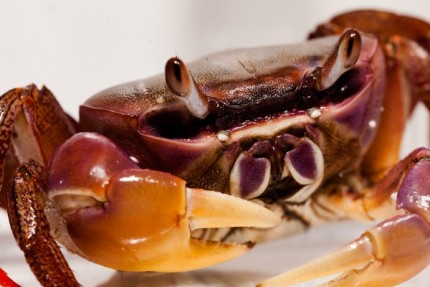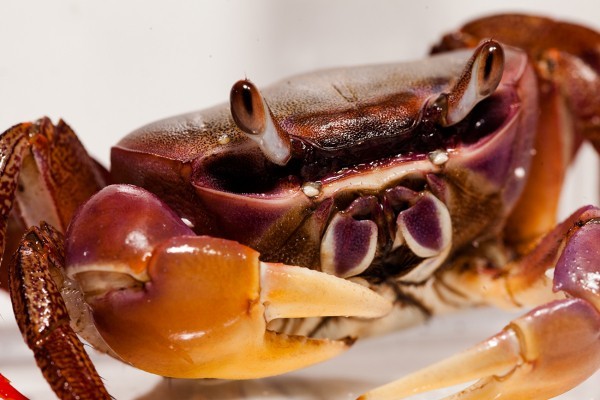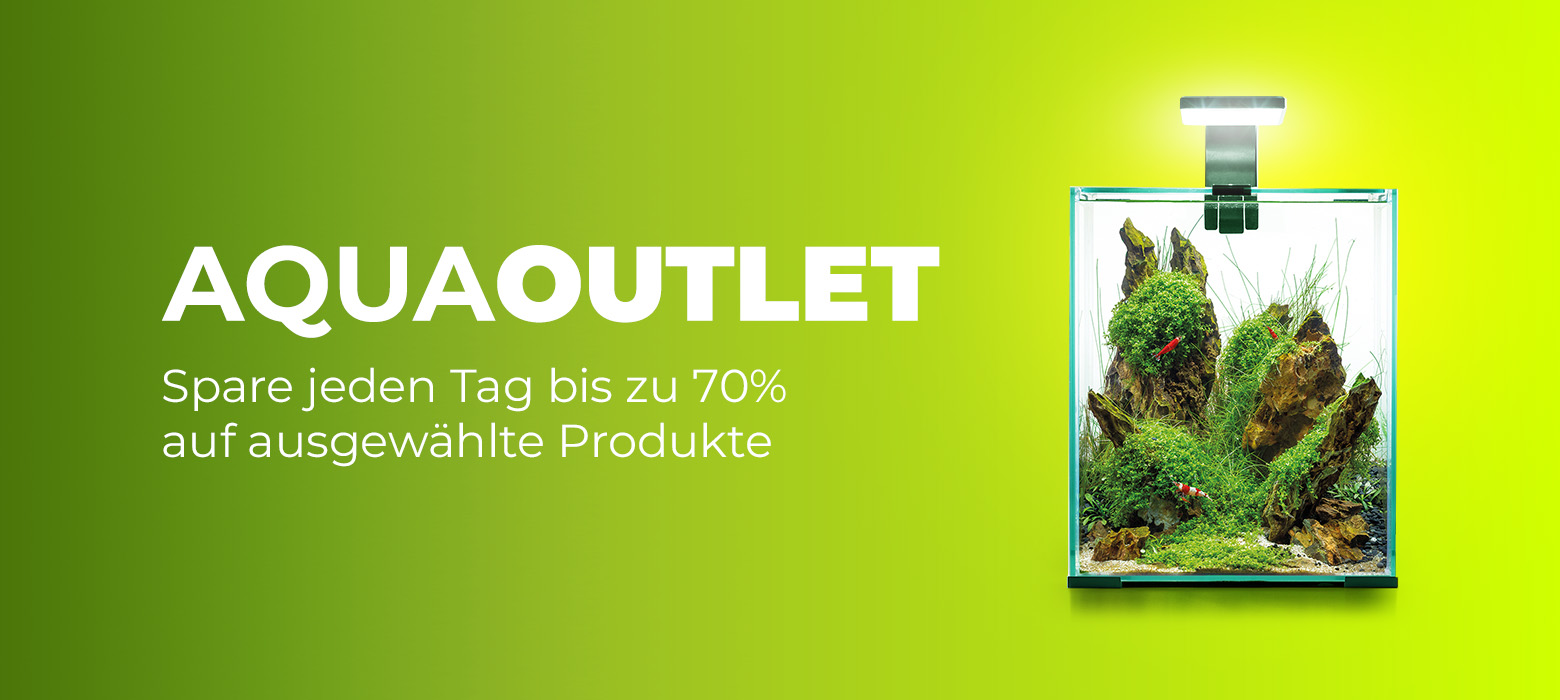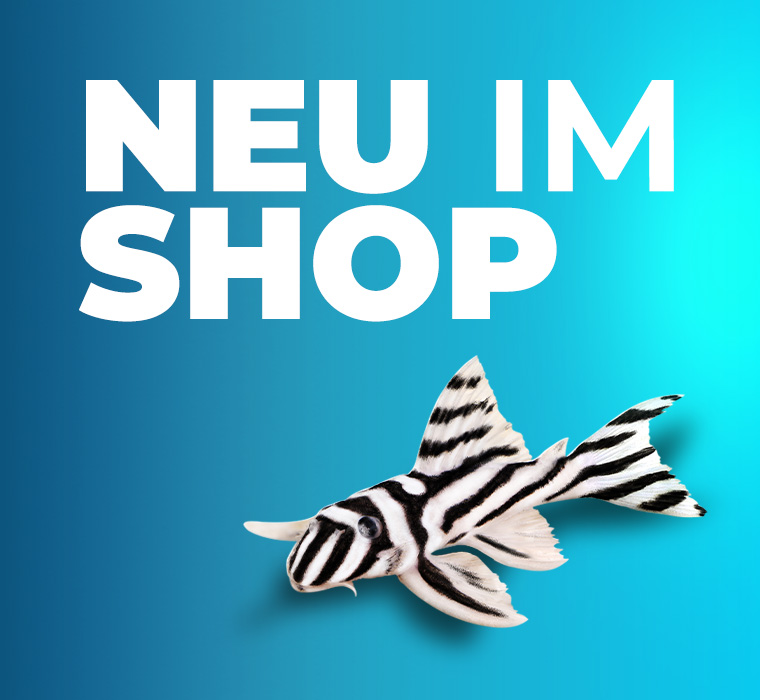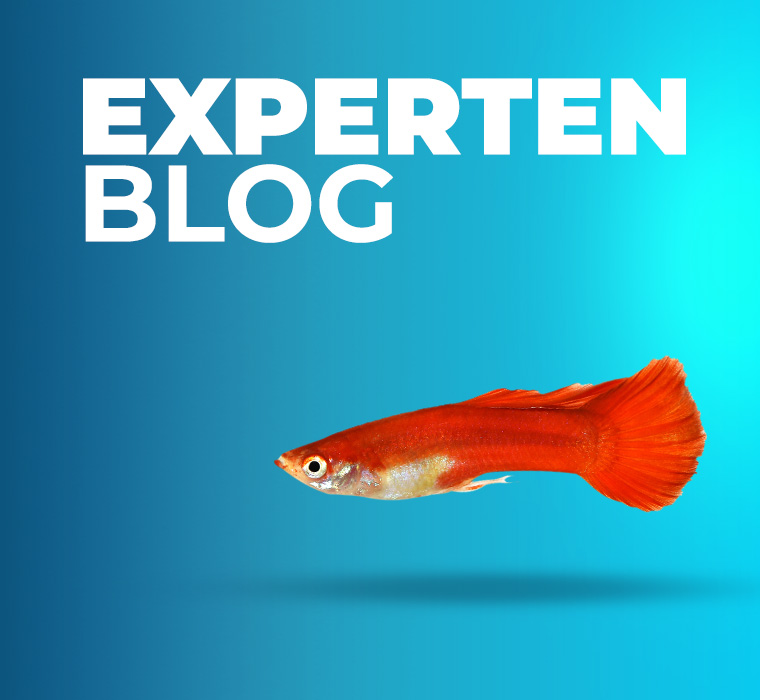incl. VAT plus shipping costs
Ready for shipment in 5 Day(s)
-10% EXTRA-RABATT
auf Deinen gesamten Warenkorb!!
- Item no: 1123
Fast delivery times
All products are in stock with us!14 years of breeding experience
Let our team of experts advise you!High customer satisfaction
from over 3,000 reviews "The giant land crab Cardisoma carnifex lives up to its name. With a dorsal carapace width of 15 to 20 centimeters and a span of the legs of 35 cm it becomes really huge and with a life expectancy of at least 12 years also unusually old. Occurrences of the Giant Land Crab can be found along the African east coast, in areas bordering the Red Sea, in the Indo-Pacific and Australia. Their extremely wide range is explained by their reproductive biology. Females carry hundreds of tiny eggs, which hatch into swimming larvae. They are released in seawater, where they are then widely drifted by the current. After quite a few molts, the larvae metamorphose over several larval stages into small crabs and migrate back to the beach to resume a terrestrial lifestyle. In the hobby, reproduction has not yet been successful. The abdominal valve of males of the Giant Land Crab is narrow and V-shaped, while that of females is shaped like an extended U.
Cardisoma carnifex is notable not only for its size, but also for its beautiful orange claws that turn white towards the tip. Legs and head carapace are light brown to brown-orange, sometimes with a slight blue tinge on the back, and usually the Giant Land Crab has bright orange leg tips and purple tones on the face.
The Giant Land Crab lives mostly on land, but purely because of its size it needs a real water part of about 50%, in which it can completely submerge. Especially for molting it often goes into the water. Brackish water or fresh water are possible. In the freshwater part you can keep fishes and also shrimps as a cleanup troop, but you have to expect that the Giant Land Crab will hunt. Cardisoma carnifex is an extremely territorial and internally quite aggressive crab, so it should be kept alone. Its size makes an aquaterrarium with an edge length of 120 cm or more necessary. The land part should be designed with terrarium humus so that the giant land crab can create its living cave. A part with sand is also a possibility. Wood and stones offer climbing possibilities and variety. Plants are eaten unconditionally.
For the tropical giant land crabs the air and water temperature should be between 25 and 28 °C. The water values do not play a major role. Despite their size Giant Land Crabs are amazingly nimble and dexterous, they like to climb very much, and especially the juveniles sometimes pull themselves up on the silicone seams. Even quite heavy lids can be opened by this powerful crab from the inside! The water part should only be filtered through an air filter, with its strong claws the Giant Land Crab cuts every cable.
The Giant Land Crab likes to eat a balanced diet of animal and vegetable matter. Foliage plays a very important role in their diet. However, it also likes fruits, greens(spinach, dandelion, nettle) and vegetables, freeze-dried brown shrimp and grasshoppers, frozen food, smelts and other raw fish, but also commercial food for crabs.
Our food recommendation: Crabs in the wild tend to have a very varied diet. Most species are omnivores, and with the Natureholic Crab Feed Sticks we have taken this preference into account. They contain biologically balanced animal and vegetable components, which are also part of the natural food spectrum of omnivorous crabs in the field in such or such a similar way. The valuable ingredients of NatureHolic Crab Feed naturally support the molting, digestion, growth and reproduction of your crabs.
Our plant recommendation: For planting, use marsh plants, which are plants that are rooted in soil that is very wet or even submerged, but whose flowers and leaves are usually all or partially in the airspace and can be seen above the water surface. Thus, marsh plants are usually found on and in lakes and streams, but also on and in garden ponds or other bodies of water that provide them with a wet substrate, but still leave room for flowers and leaves to show to the outside.
Expert Tip: We recommend NatureHolic 3 Phase Liquid when keeping invertebrates. The care set offers the best all-round protection for your invertebrates. It ensures optimal conditions for successful breeding and keeping.
| Scientific name | Cardisoma carnifex (Herbst, 1794) |
| German name: | Giant land crab |
| Difficulty level: | for beginners |
| Origin/distribution: | East coast of Africa, Indo-Pacific, Australia, around the Red Sea |
| Coloration: | Carapace light brown to orange-brown, sometimes bluish, legs brown to brown-orange with bright orange claws, claws with color gradient from orange to white, sometimes purple markings on face |
| Age expectancy | 12 years and over |
| Water parameters: | GH 5 to 30, KH 3 to 30 (brackish water is also possible), temperature 25 to 28 °C |
| Tank size: | from 120 cm for a single animal |
| Food | brown autumn leaves, vegetables, green food, fruit, special crab food, frozen food, freeze-dried insects and brown shrimp, raw fish |
| Reproduction | very difficult, as larvae need brackish water and special food |
| Behavior | very aggressive, single keeping! |
| Socialization | with dwarf shrimps and fish. Not with crayfish. Snails are eaten |
| Further information | Colorful jewels in the terrarium - land crabs of the genus Geosesarma, micro crabs, Limnopilos nayanetri - The smallest crab in the world!, Keeping mangrove crabs |
- Item no: 1123
Entdecke die Garnelio Welt!
Garnelio gehört zu den größten Onlineshops für wirbellose Aquarientiere weltweit.
Viele Artikel gibt es exklusiv nur bei uns im Shop.

